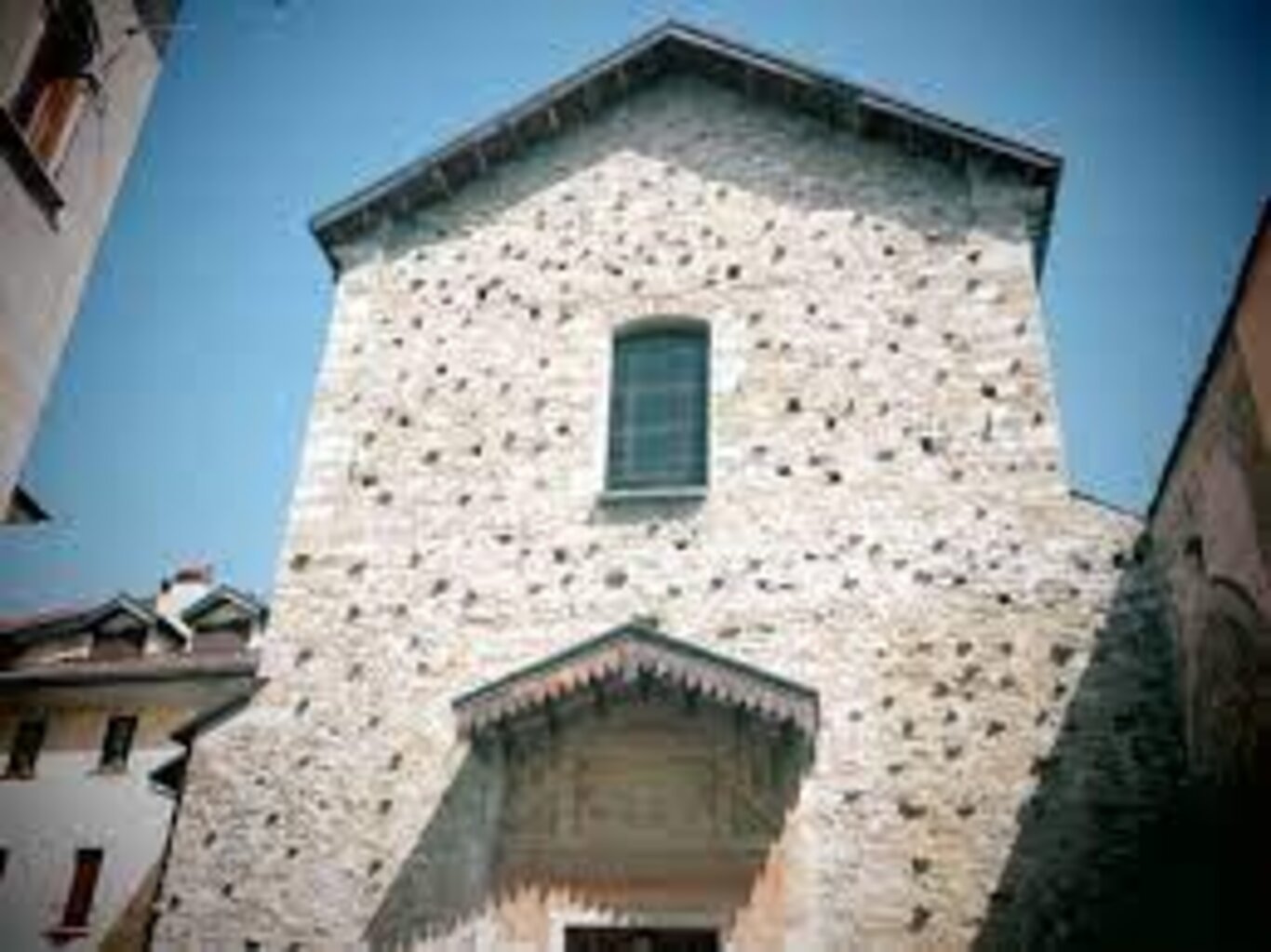Built by the Franciscans in 1326, a few years after their first arrival in Belluno, it was demolished starting in the 1830s of the XVIII century and completely rebuilt in 1750, due to the damages sustained in the earthquake of 1709, based on the design of the Franciscan friar Ludovico Pagani, who set the facade back, which has left visible, in the upper right of the atrium, one of the Gothic arches originally inside the ancient structure.
On this occasion, the belfry was also completely rebuilt, which had been damaged multiple times in the previous centuries by lightning and seismic activity: the current configuration is that which was created in 1882 after the damages suffered in the earthquake of 1873. Of the 14th-century construction, the so-called "Gothic chapel" remains, now incorporated within the adjacent Gregorian Seminary, which originally overlooked the right nave.
Inside, it preserves important works by Sebastiano Ricci (the altarpiece of the main altar and the frescoes of the Fulcis chapel), four large canvases by Andrea Meldolli known as lo Schiavone (Zara 1501 – Venice 1563), which originally formed the doors of the organ, and two carved wooden altarpieces by Andrea Brustolon (Belluno 1662-1732), coming from the church of the Jesuits, after the suppression of the order in 1773 and the subsequent Napoleonic requisitions.
